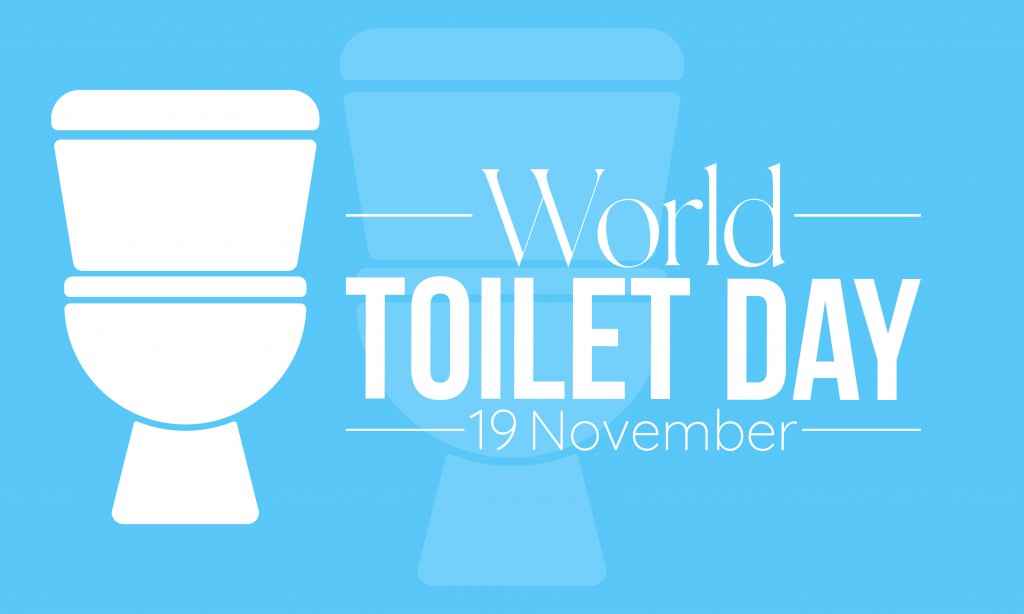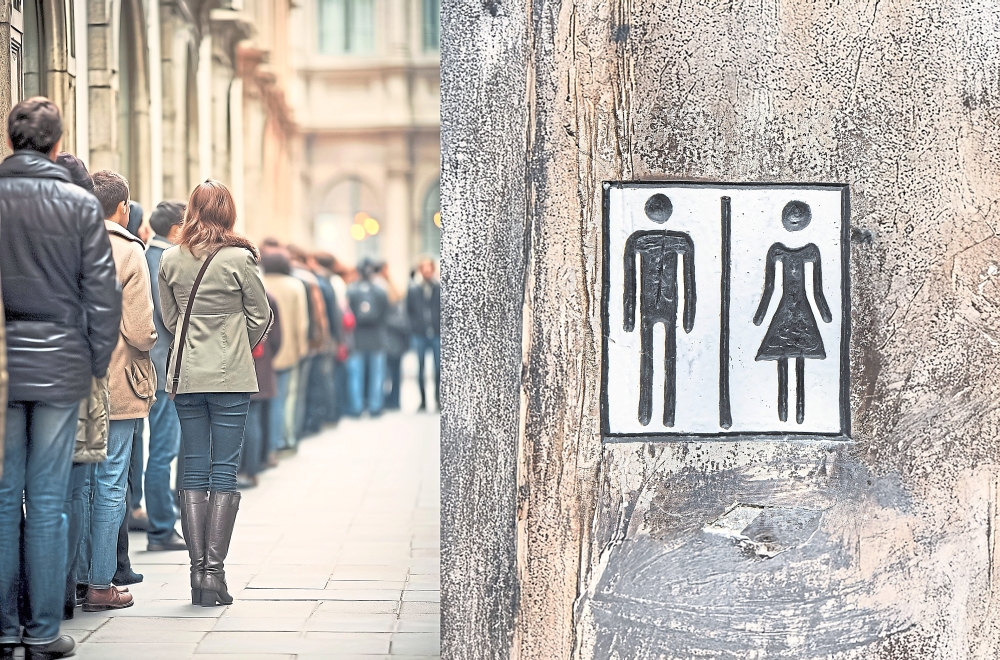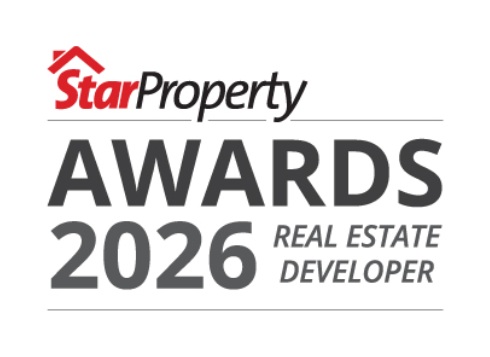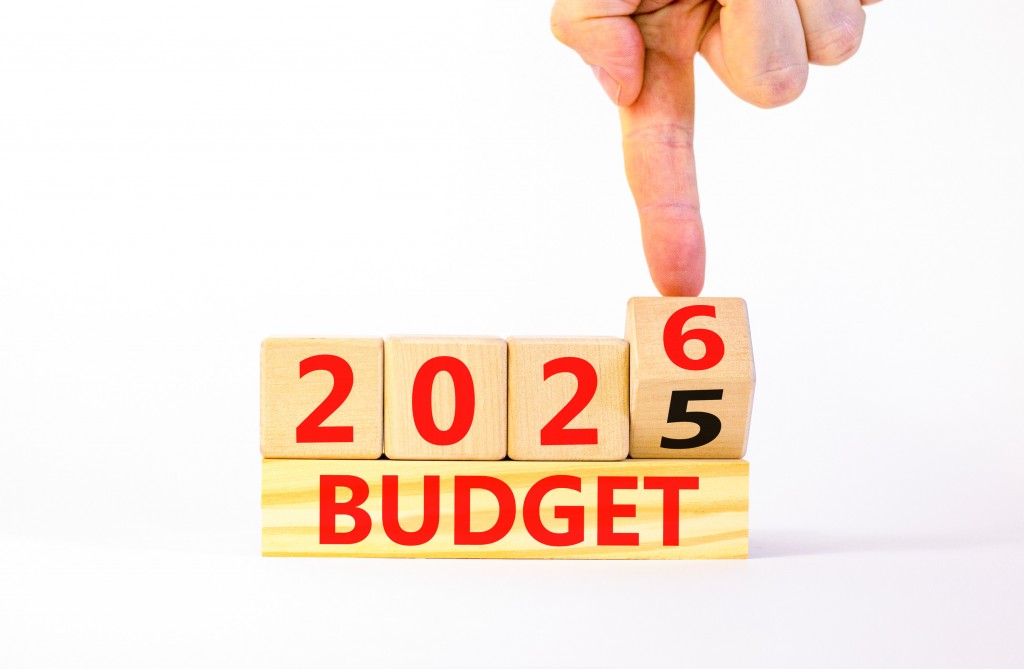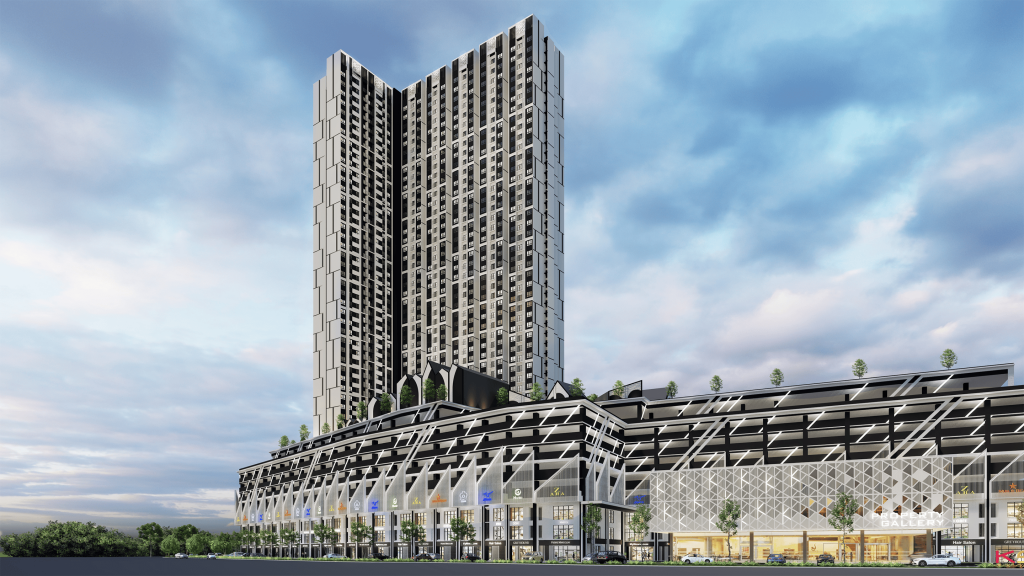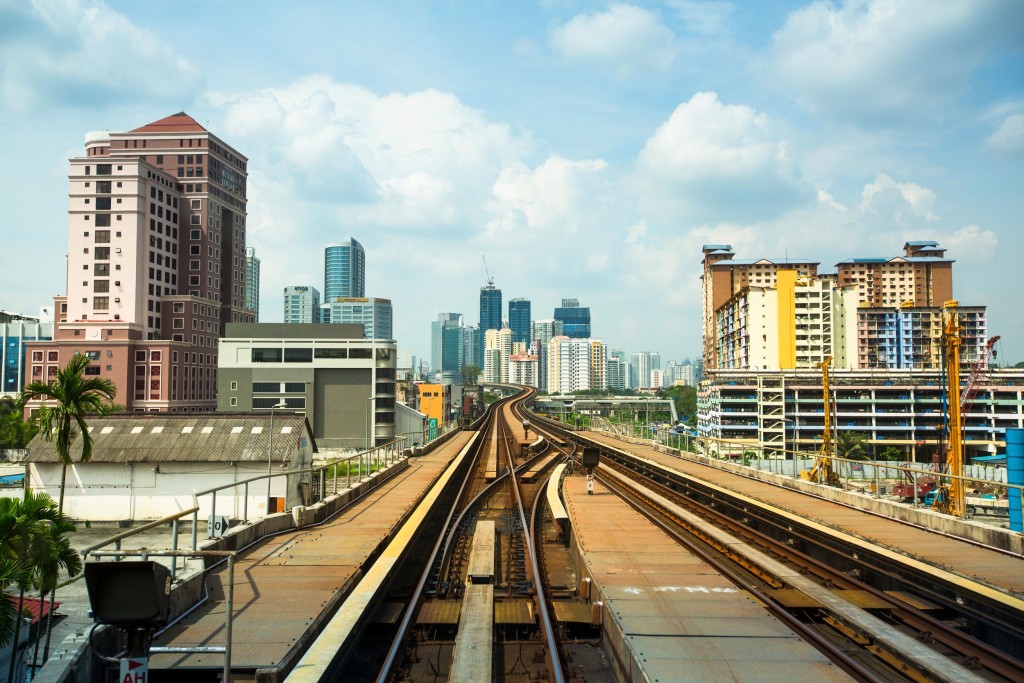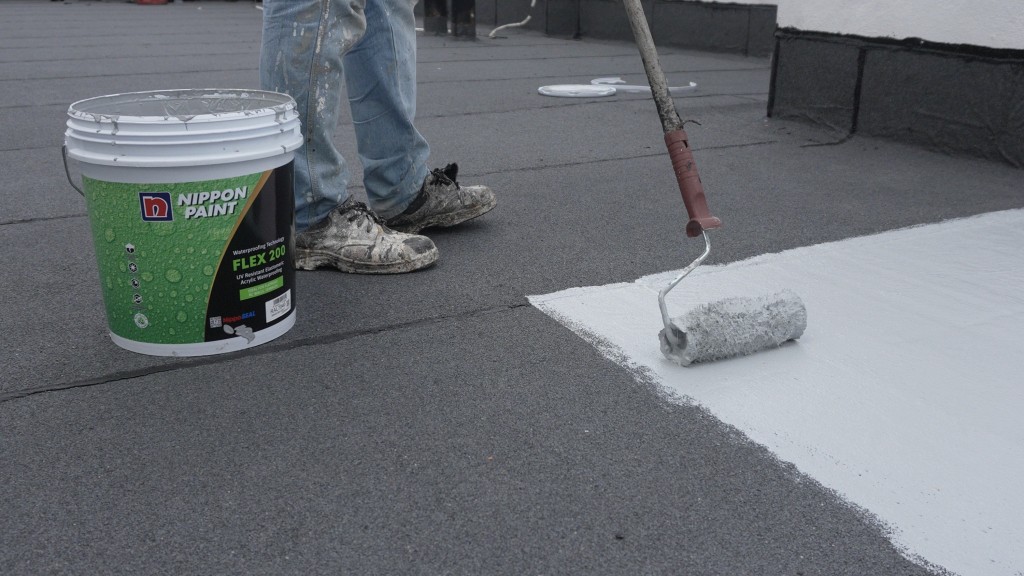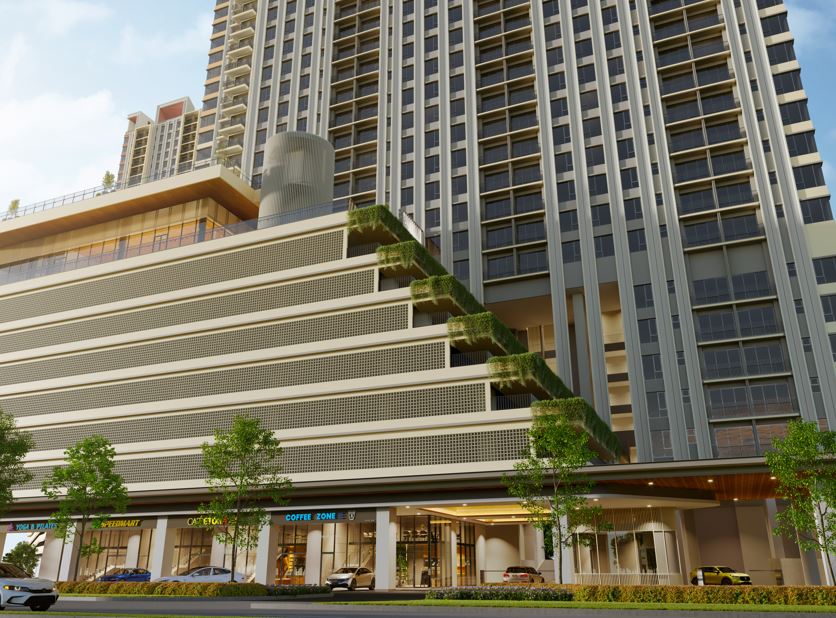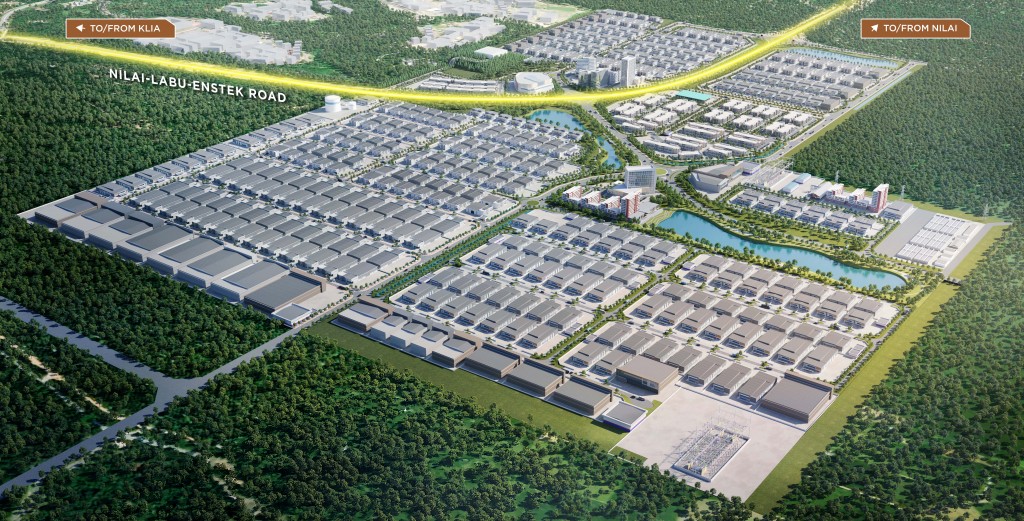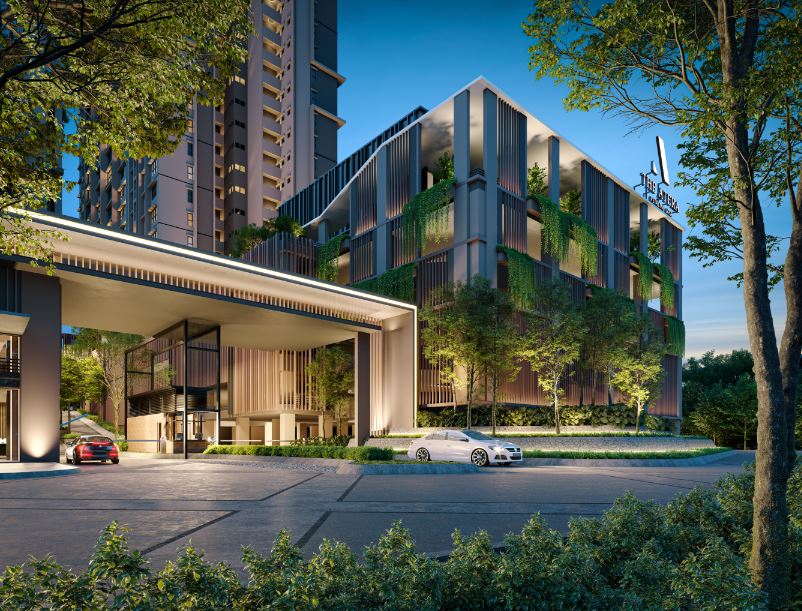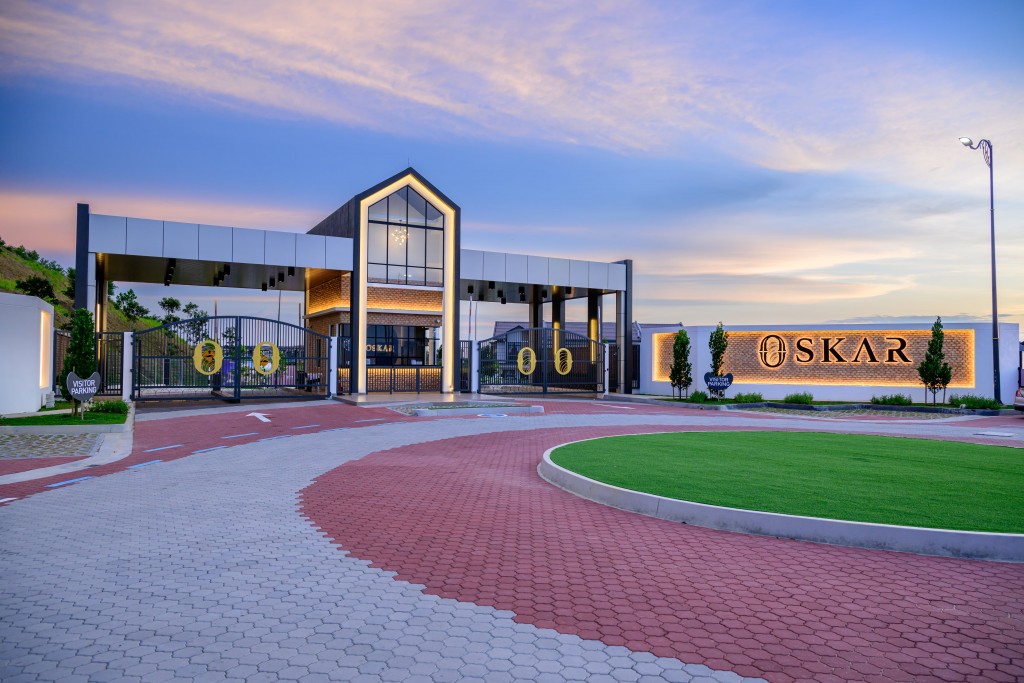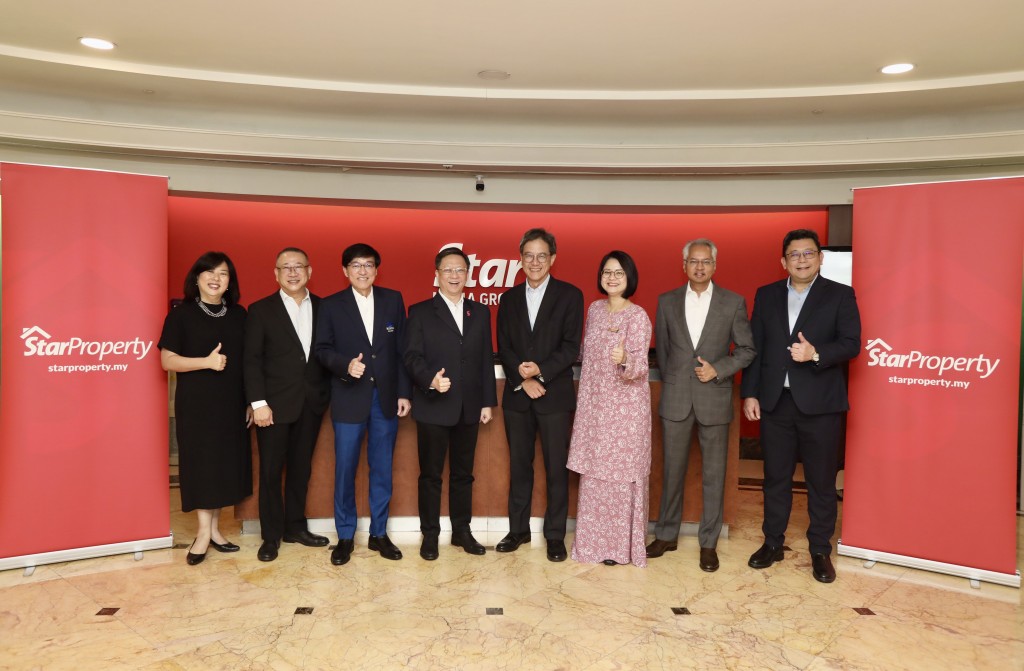Why the toilet is the true measure of a successful development, venue or business
By Joseph Wong
In the grand, sometimes overwhelming, narrative of human history, few inventions truly stand the test of time and odour. Mankind has certainly come a long way where its porcelain needs are concerned. Humans progressed from simply digging a hole in the ground to the moment of regal engineering genius when Sir John Harington gifted Queen Elizabeth I the first modern flushing toilet in 1596. Today, we have entered the golden age of the bathroom, complete with high-tech bidet sprayers, heated seats and self-cleaning wizardry.
Yet, despite this technological leap forward, the toilet remains the ultimate litmus test of civilisation. In conjunction with World Toilet Day on November 19, 2025, StarProperty takes a quirky, deep dive into the fascinating, funky and financially significant ties the humble washroom has to property development and the retail industry.
The unofficial toilet test
One of the most amusing yet profoundly insightful observations in the commercial and retail world is that you can usually judge the true quality of a venue by how meticulously its washrooms are maintained.
While it may sound utterly trivial, this statement highlights a critical aspect of venue management that is often overlooked. Beyond the grand glass facades, the bustling entrances and the flashy, attention-grabbing store offerings, the washroom facilities serve as the true reflection of a property owner’s commitment to their visitors’ comfort and overall experience.
Think about it: the main mall concourse is stage-managed, perfectly lit and staffed by an army of sweepers. It is where the property owner spends 99% of their marketing budget. The restroom, however, is a moment of total vulnerability. It is a brief, private interlude where the customer is completely alone with the reality of the venue’s upkeep. If they are willing to let the plumbing standards slide, what other structural shortcuts might they have taken? The toilet, therefore, becomes the Porcelain Index—the true, unfiltered measure of managerial dedication.
The Malaysian horror story
Unfortunately, there have been numerous reviews and grim jokes about the state of public toilets in Malaysia. For many, visiting a poorly maintained washroom feels less like a necessary pit stop and more like stepping into a horror movie—except the plot twist is that the unfortunate user is the one doing the screaming and it is not just because of the smell.
That sort of experience leaves a lasting impression, one that no amount of fancy lighting or high-end retail can erase. Worse yet, in the age of instant connection, that horrific experience can be captured, captioned and posted to social media, going viral in an instant and ruining the reputation of a business or venue faster than a faulty septic tank. In a world where a five-star rating can be undone by a single overflowing cubicle, the stakes for toilet maintenance have never been higher.
The quirk: Unveiling the New Jamban Theory
Address the elephant, or rather, the queue in the room. We all see it: A hot new eatery opens in an obscure corner of the Klang Valley or a new concept mall debuts and suddenly, people flock there in droves, creating lines that stretch around the block for weeks on end.
What drives this frantic, almost compulsive rush? The food can’t be that revolutionary. The architecture, while nice, isn't going to redefine the skyline. This is where local cultural wit gives us the term New Jamban theory.
The humour behind this sharp, cynical theory is rooted in the idea that, deep down, despite our modern facades, humans revert to their most basic, animalistic behavioural drives. The relentless urge to be the first to experience a new destination, café or venue—to post about it, tag themselves there and establish the ‘I was here’ social currency—is hilariously equated to territorial marking.
The term jamban (local Malay language for toilet) is deployed to suggest that this initial stampede is less about genuine enjoyment and more about a primal urge to mark their social territory. We are not just going to the newest spot; we are symbolically staking our claim, proving our social relevance and leaving our metaphorical scent for all our online followers to witness.
This collective, driven FOMO (Fear Of Missing Out) becomes a frantic, comical scramble for a perceived social trophy. And what is the ultimate litmus test for a new location that is suddenly inundated with thousands of people trying to mark it? Its capacity to handle the resulting human traffic—its actual washrooms.
From plumbing to property value
The jokes, however, underline a serious financial truth for the property sector. The cleanliness of the washroom is intrinsically tied to asset value and tenant retention.
Developers and property managers who understand this correlation elevate their maintenance standards because they recognise that every visitor is a potential resident, tenant or repeat customer. They are the ones that successfully convert the fleeting crowd driven by New Jamban Syndrome into loyal, long-term foot traffic.
The commitment to impeccable hygiene and infrastructure sends a loud, clear message: If we care this much about the back-of-house facilities, imagine how much we care about the retail experience and the structural integrity of your leased space.
Ultimately, the humble toilet is the unsung hero of the property industry. It may not feature in the glossy marketing brochures but it is the final frontier of customer service. It is the place where a well-designed venue either confirms its commitment to quality or spectacularly falls apart.
So, the next time you visit a shiny new establishment, skip the fanfare, ignore the influencer reviews and take a quick detour. The state of the plumbing will tell you everything you need to know about the venue's true worth. After all, a building’s facade might draw the crowds but its toilet is what keeps them coming back (in a good way).
Prioritising operational resilience and user experience
In high-traffic environments like shopping malls, the washroom must be engineered for endurance. While an attractive design enhances a venue's image, it should never compromise practical usability and long-term maintainability. The core principle is simple - function dictates form.
A successful design integrates operational insights from the start. It is critical to involve maintenance and operations staff directly in the design process, leveraging their expertise to guide material selection, optimise layouts and embed maintenance-friendly features. This collaboration ensures facilities remain clean, operational and consistently welcoming.
Engineering for high-volume reliability
Creating a durable, high-functioning washroom environment requires meticulous attention to the following key design criteria:
- Location and layout efficiency: Washroom hubs must be strategically placed within the floor plan for maximum accessibility. Beyond visibility, the layout must address gender queue disparities: a preferred ratio of 1:3 (male to female facilities) is recommended to ensure better balance, taking male urinal capacity into account.
- Serviceability and maintenance access: To minimise user disruption, incorporating a dedicated service corridor behind the cubicles is essential. This allows maintenance staff to conduct repairs (plumbing, sensors, light fixtures) without entering the user space. Ideally, these corridors should be at least 4 feet wide to provide adequate working space.
- Touchless technology and hygiene: Modern design mandates a focus on minimising or eliminating physical contact points. Implementing a barrier-free and touch-free design—including automated doors, sensor-based flush systems, taps and soap dispensers—is crucial. This significantly reduces the spread of germs and elevates the perceived hygienic quality.
- Climate control and odour mitigation: Effective climate control is paramount. Maintaining an optimal temperature of 24°C helps suppress microbial growth and odours. This must be paired with a well-designed exhaust system that ensures robust air circulation, particularly in cubicles that extend fully from floor to ceiling.
- Durability and safety features: Washrooms are inherently high-traffic, high-wear areas. Utilising robust fixtures and durable materials for basins, countertops and cubicles is necessary to withstand daily use and potential abuse; fragile materials (like certain solid surfaces) should be avoided in favour of resilient alternatives. For safety, floors should have a slight slope toward drainage points to prevent water retention and puddling while lighting must be adequate (250 to 300 lux) to enhance visibility.
Ultimately, the objective is to craft a user-friendly environment that accommodates the diverse needs of all visitors. Every element—from sensor taps and high-efficiency particulate air (HEPA) hand dryers to sanitary bins and bidet seats—contributes to the overall experience.
By investing in these functional and durable features, the mall not only improves the quality of the washroom but also clearly demonstrates a strong, unwavering commitment to providing a safe, clean and accessible environment for everyone.
Stay ahead of the crowd and enjoy fresh insights on real estate, property development and lifestyle trends when you subscribe to our newsletter and follow us on social media.


